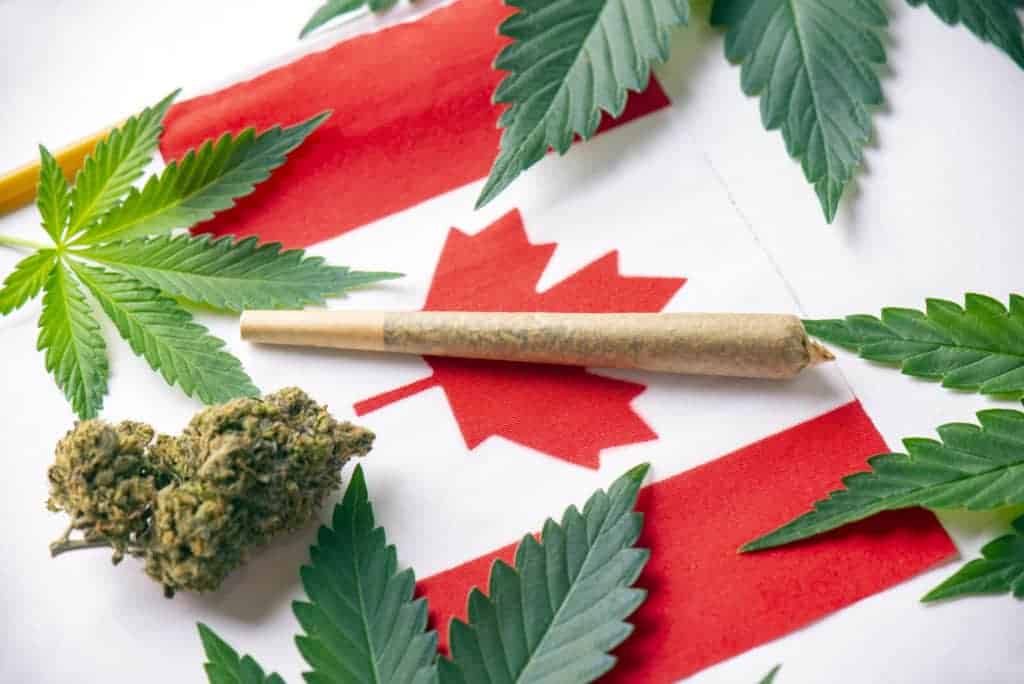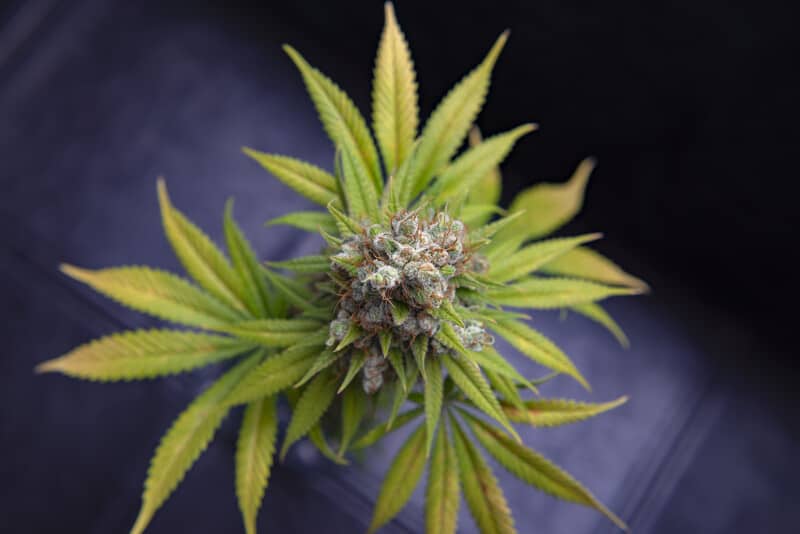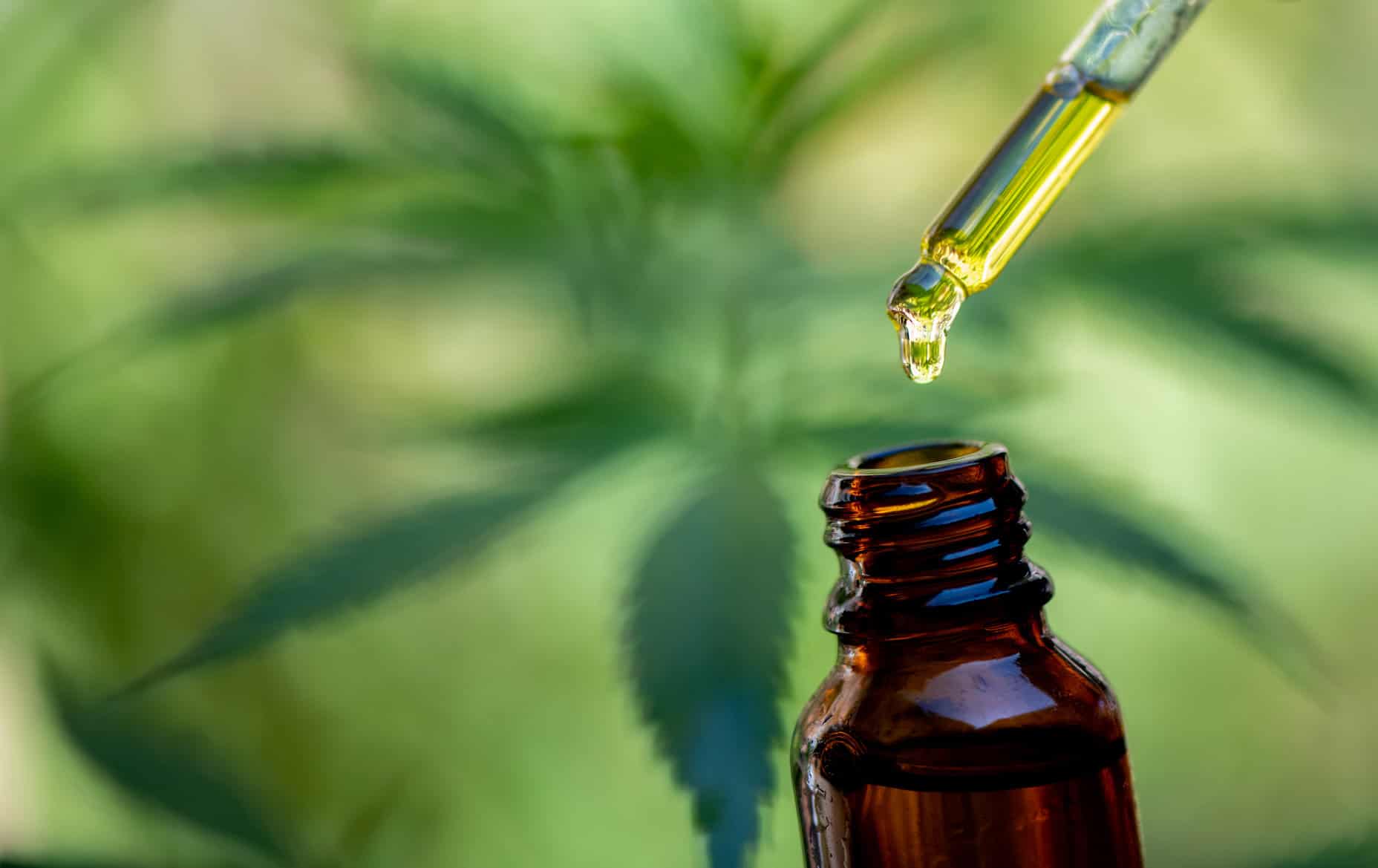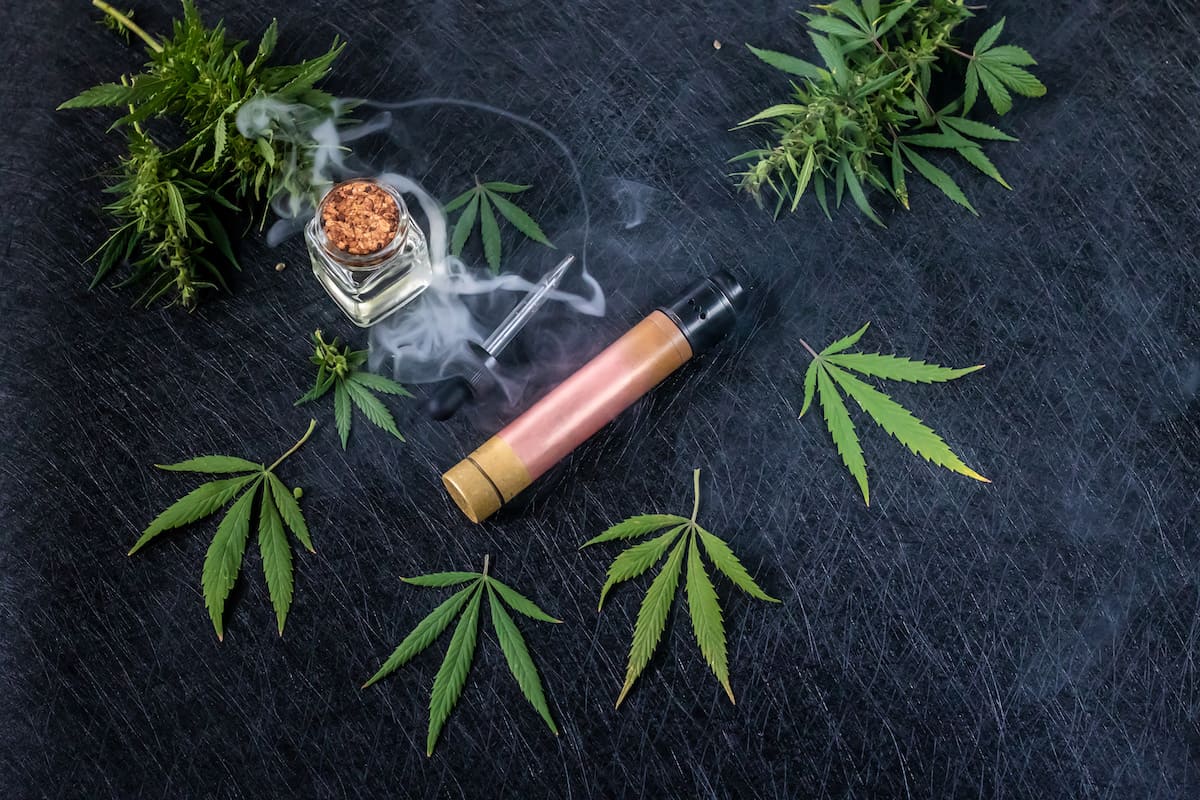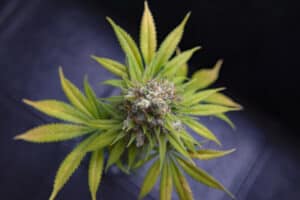For hundreds of years, marijuana was used by cultures all across the globe as it finally is today: as a recreational drug and as natural medicine.
The Chinese cultivated weed for use as medicine for millennia. Ancient Egyptians likely used marijuana as medicine and as part of their burial ceremonies. Indians used it in cultural rituals, ceremonies, and to reach a higher state of being. North Africans used cannabis in magical and religious rituals, and its similar use spread across the continent. And of course, Jamaica (and other Central and South American countries) have used marijuana as a well-integrated part of their social and spiritual lives.
In fact, the entire globe has long-standing ties to the plant, and historical evidence of marijuana’s presence in Canadian culture is overwhelming.
So why then, in 1923, did Canada make cannabis illegal and what does the Canadian cannabis culture look like today?
It’s an interesting story… if you’re into stories that are kind of lacking details and evidence.
Prohibition and the Justice System in Canada
According to CBC.ca’s account, cannabis was added to a shortlist of drugs and medications set to be made illegal, and it happened without any sort of known parliamentary debate. In fact, there doesn't even seem to be any evidence for who put marijuana on the docket to be illegalized!
The bill in question, brought to the parliament for vote in 1923, has several drafts, each seeking to illegalize opium, morphine, cocaine and eucaine. But then, seemingly directly before the vote, “heroin, codeine and “cannabis Indica (Indian hemp) or hasheesh” was added by an unknown person.
The bill was passed without any historical evidence of a debate, and the rest is history.
CBC speculates that at the time, little was known about the drug. There isn’t much evidence of its use in culture at that time, and no arrests were made for possession of marijuana until 9 years after it was made illegal.
Perhaps lawmakers (and even the average civilian) didn’t know what cannabis Indica was and assumed if it was on the bill, they could trust that someone with more knowledge about the subject made a good recommendation.
But isn’t it shocking how little discussion happened? So many lives taken by the justice system, so many men and women arrested, tried, and charged for possession of marijuana. It seems a law that’s so drastically affected the lives of thousands of Canadians should have a bit more evidence of debate.
Cannabis Criminalization and the Rise in Propaganda
It’s unclear how many people are still in Canadian prisons for marijuana possession. The few years before the legalization of cannabis saw steady and dramatic declines in convictions for related crimes. However, in 2016 there were still 54,940 instances of police-reported cannabis related crime.
Has it been worth it? Considering it was almost 10 years after the criminalization was passed before an arrest was made, the situation has often been referred to as “the making of a law without a problem.”
Like every other culture that marijuana has influenced, the presence of the drug in Canada brought plenty of interested consumers. But as more pot-smokers got tied up in the legal system, the perception of marijuana began to change.
As the use of cannabis escalated in the 1930’s, propaganda in the form of advertisements and movies began to flood the culture. The United States was also battling cannabis use and their films and commercials began inundating Canadian television.
Films like Reefer Madness, The Devil’s Weed, and The Terrible Truth each portrayed how marijuana made users irresponsible, ill (beyond repair), and even mentally unstable. The films depict users participating in illicit activities, orgies, and commit murders and suicide, and going completely and irreversibly insane.
With this kind of propaganda, it’s no wonder the average Canadian mother or father was horrified to learn their son or daughter was using an illegal substance. This further fueled the culture’s perception of the dangers of marijuana, and eventually, the entire scene became a two-sided war: the legal system and good law-abiding citizens against marijuana users.
Rise and Return to Glory for Cannabis
The propaganda machine peaked in the 1980s and 1990s with commercials reminding us to stay off of drugs, comparing the use of weed to other illegal substances as part of the great ‘War on Drugs.’
With the 1960s ‘Season of Love’ and the Psychedelic 70s behind us, cannabis use was at an all-time high and was becoming quite normalized in society. We were due for a healthy dose of anti-drug advertisements.
Fast forward to 2018, and Canada legalizes the possession of pot and allows Canadians to grow their own marijuana plants, one of the first countries in the world to pass this kind of law.
It’s not clear exactly why Canada decided to eventually legalize weed. Some say there was a desire to clear out prisons and reduce the number of people being tried for simple possession. Others say the government (and supporting large corporations) saw an opportunity to profit from the controlled sale of pot. We’re pretty confident there’s truth to both.
Today’s Canadian Cannabis Culture
But just because cannabis is now legal doesn’t mean all citizens believe it to be completely safe, healthy, or even moral. Like using alcohol or other drugs, marijuana is still viewed by some as unethical, and because using it gives consumers a stoned high, those who partake can be viewed as lazy drug addicts who can’t be trusted to be valuable to society.
In our business, we regularly see people from every walk of life purchasing marijuana. College students, blue-collar workers, professionals, and CEOs; responsible recreational or medicinal use of cannabis isn’t an indicator of success or ability to be productive members of society.
In a US study, people who had tried marijuana were more likely to support decriminalization. This may seem insignificant, but what it means is that experiencing the effects of marijuana can change the perception of the drug’s dangers.
As more people try cannabis for the first time or use it again after years of abstinence, the culture surrounding pot is changing. Cannabis is regularly found at social gatherings and those who use it are becoming more open with their friends and family.
You can now even find a weed delivery near you, and have it delivered in the comfort of your home. This, in turn, is giving more people permission to try it or be more open about their usage.
If you’re a cannabis user and want to change the stigma or culture about cannabis in your circle of influence, there are some things you can do!
Cannabis in Canada 2023
The scenario of what the future holds for cannabis in Canada is one that is always shifting. Despite the fact that cannabis use for recreational purposes has been allowed at the federal level since 2018, the cannabis sector and its regulation remain fraught with a great deal of complexity. In the year 2023, we will witness a continuance of the regulations that are in place at the moment, in addition to some new adjustments that will have an effect on the ways in which companies can function within the industry.
At the federal level, we should anticipate additional liberalization of the laws that are currently in place regarding the manufacturing and sale of cannabis-related items. This could include expanding distribution channels to allow for online sales or introducing less stringent licensing requirements for producers and processors in order to encourage greater innovation in the sector.
Both of these options are aimed at fostering greater levels of creativity within the industry. Furthermore, it is highly likely that the federal government will continue to ease prohibitions on personal cultivation and possession of cannabis products throughout all Canadian provinces. This might make it simpler for Canadians to cultivate their own cannabis at home and generate their own supply.
At the provincial level, it is to be anticipated that each jurisdiction will continue to work toward perfecting the legislation that govern the purchase and consumption of cannabis for recreational purposes. This includes making it possible for additional public consumption locations (such cannabis cafes or lounges), expediting the process of retail licensing for dispensaries, setting up interprovincial trading deals with other provinces, and boosting education campaigns centered around safe using practices. In addition, each province may decide to establish varying age limitations on the purchase and possession of marijuana in order to prevent underage people from gaining unauthorized access to marijuana products.
It is projected that in the year 2023, further taxes may be levied on sales of cannabis for recreational use across the entirety of Canada. The revenue collected from these taxes is most likely going to go toward funding programs that are concerned with public health or education projects that are associated with the appropriate use of marijuana products.
It's also feasible that local governments will choose to levy taxes that are unique to their area in order to earn revenue from the sale of marijuana inside their jurisdictions. This would be done in order to cover the costs of regulating the industry.
In general, despite the fact that there are still a great number of unknowns regarding the future of cannabis regulation in Canada in 2023 and beyond, there is one thing that is certain: businesses that operate within the industry need to remain adaptable enough so that they can make rapid adjustments if necessary as legislative changes occur over time.
Businesses have a fair chance of thriving during this period of continuing growth in Canadian cannabis policy if they put robust compliance procedures into place and place a focus on quality assurance protocols throughout production and distribution networks.
In addition, did you know people are buying LSD in Canada dispensaries?

